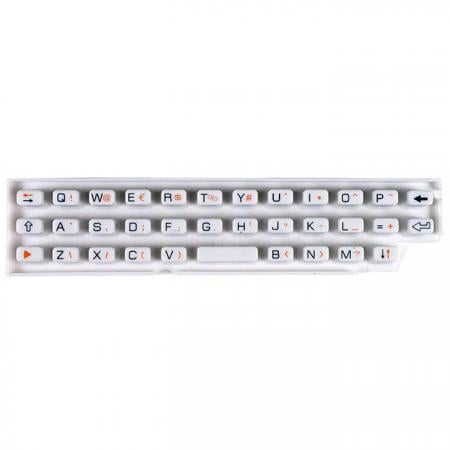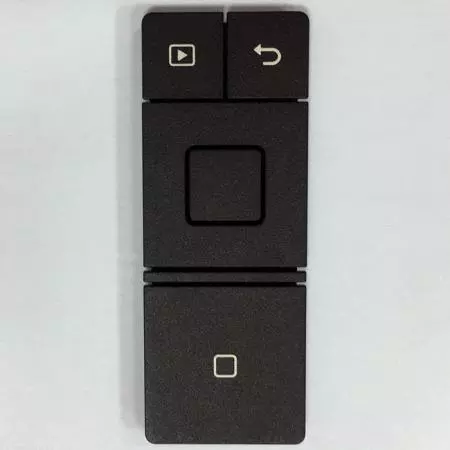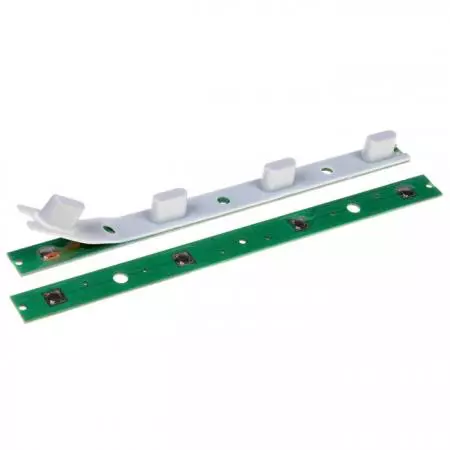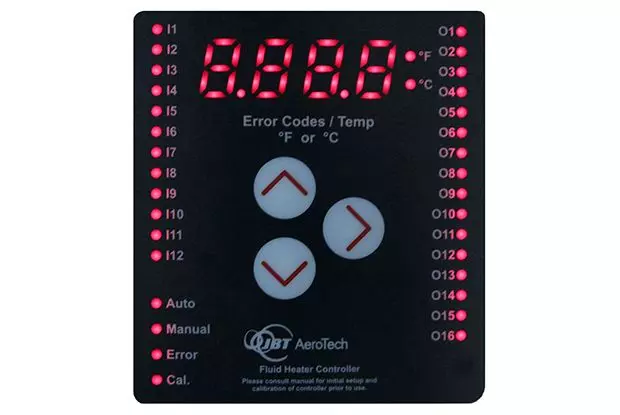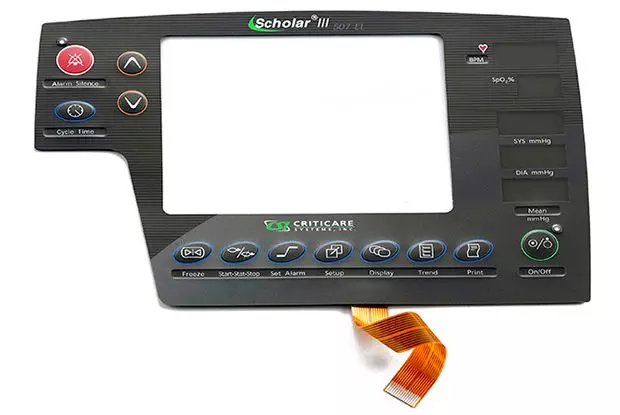Apparatus PU sureface treatment
Silicone Rubber Keypad 0307
Silicone button, Rubber keypad, Rubber keyboard, Button Silicone Rubber
Regarding the lifetime of this product,Apparatus PU sureface treatment can be pressed up to one million times. Customers can choose metal dome or conductive carbon pill for the switch, and the surface treatment of the silicone rubber switch can be PU coating or Epoxy glue.
Applications
- keyboard
- Wireless communication equipment
- Medical equipment
- Related Products
Plastic Rubber keypad
Silicone Rubber Keypad 0310
Plastic Rubber keypad uses the compression molding properties of silicone rubber to create...
DetailsRubber Keypad combine with PCB
Silicone Rubber Keypad 0313
Rubber Keypad combine with PCB uses the compression molding properties of silicone rubber...
Details
Apparatus PU sureface treatment | Durable Keypads for Any Environment - Manufacturer Direct | YiYi Enterprise Co., Ltd
Located in Taiwan since 1974, Yi Yi Enterprise Co., Ltd. has been a membrane switch manufacturer. Their main products include, Apparatus PU sureface treatment, waterproof membrane switches, membrane switch keyboards, tactile membrane keypads, graphic design overlay, mechanical membrane keyboards, custom aluminum nameplates, cutout EL panels, industrial silicone rubber keypads and rigid-flex PCB design and fabrication, and all the materials and components are RoHS compliant.
Yi Yi is expert in manufacture of membrane keyboard switches, flexible printed circuits, rigid-flex board, el panels, silicone rubber keypad and name plates. We have acquired the skills and technology necessary to produce top-quality products that are suitable for use in computers, instruments and other electronic and electrical goods.
YI YI has been providing customers with membrane switches, both with advanced technology and 49 years of experience, YI YI ensures that each customer's requirements are met.

